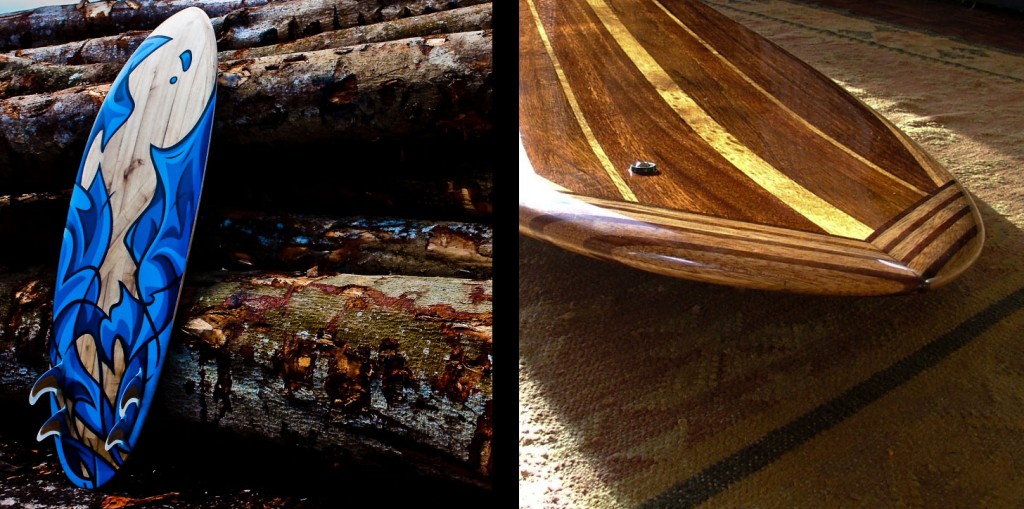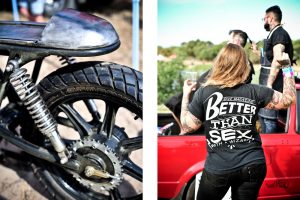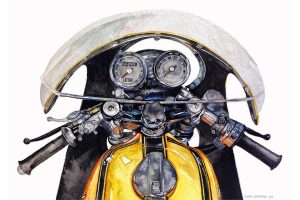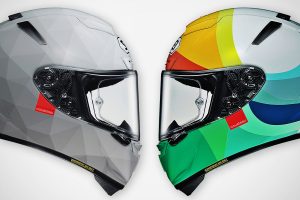Zeppelin Surfboards
From his humble beginnings in 2005, Neil Roe has been lovingly crafting some of the best made wooden surfboards ever since. We asked him a few questions.
Words by Charl Malherbe. Pictures by Neil Roe/Zeppelin Wood
When did you start making wooden surfboards and what gave you the idea?
I started my first board back in 2005 when I was living in Durban. I had only been surfing for about five years and I’d already been through half a dozen boards, every time a board broke I’d have to scrape together my hard earned cash to buy a new board, only to have it end up damaged and broken a few months later. At the same time I had a growing pile of damaged and boards in my garage that was beginning to look like an environmental hazard. I was looking for a board that could last 10 or 20 years and didn’t cost the earth to manufacture. I have a product design back ground and I’ve always loved working with wood so after doing some research on the internet I decided to have a go at making myself wooden surfboard.
You build your boards in your garage. How many do you build at a time?
In the beginning I would only build one board at a time, my first board took me over a year to complete, back then I only worked on weekends or whenever I could find a spare moment. I’ve since picked up the pace a bit, right now I have three boards on the build with another three on the cards, I have more time now and can work on making boards almost everyday.
I have seen your surfboards up close. There were two wooden surfboards, a funboard and a wing tail. I couldn’t believe how light they were. It’s apparent that they are hollow but how do ensure their strength and durability this way?
Well to start with, wood is a way stronger material than the foam cores used in regular surfboards, so you are already ahead of the game there. I use an epoxy and fiberglass shell for structural strength and to protect the wood from the water. The overall combination of internal frame, wooden decking and fiberglass shell results in just about the strongest surfboard you can get. Even considering the destructive force of the ocean, a well maintained wooden board can last a lifetime. This longevity along with the fact that most of the waste produced in making a wooden board is bio degradable makes it clearly a much more responsible and sustainable choice of material.
Explain a bit of the process and what it takes to make one.
The process starts on the computer where I design the board using 3D modeling software, once I’ve refined the design I use the 3D model to create a set of ribs that forms a sort of “fish bone” rib structure similar to the inside of an airplane wing. I then set the ribs into a jig and proceed to bend and glue planks around the ribs to create the top and bottom decks. I then bend thin planks around the profile of the deck/rib sandwich in multiple layers resulting in rails. At this stage you have a rough surfboard “blank” that needs to be shaped with a planner and plenty of sanding as the final surfboard shape emerges. Once the construction phase is completed, I laminate the board with fiberglass and epoxy. Finally I wax that baby up and hit the waves!
Your boards are intricately built, with each slither of wood perfectly butting up with almost laser precision. How long does it take you to make one?
It really varies from board to board, it all depends on the complexity of the deck layout, board size and shape. On average it will take 2 to 3 months to complete a board, if I work on the board everyday. With every board I make I find better ways of doing things so the time required is decreasing. That said, I’m never in a hurry to finish a board, I find making boards and working with wood is a kind of meditation, I can really lose myself in wood grain and saw dust.
You are based in Taiwan now. Do you have a big clientele there or do you have clients all over the world?
I started building boards just for myself, purely as a hobby. Over the years a dream began to take shape, to have a wooden barn converted workshop a stones throw from a left hand point break, clients all over the world. About a year ago I began actively working towards that dream. So far my house has been converted into a workshop, I have regular holidays at a point break and I’ve managed a few customers scattered across the globe. This year my aim is to enter the local market here in Taiwan and Japan. Perhaps in 2015 I’ll be looking out of a wooden barn over a beach to the perfect wave.
What if any, is the difference in riding experience compared to a modern foam and resin board?
It’s the difference between a big luxury sedan, like a Mercedes Benz and a sports car like a Ferrari. A modern foam board is ultra lightweight and flexible, perfect for tight turns, responsiveness and airs, but they can be twitchy and bouncy if the waves aren’t perfect. Wooden boards are 100% different, they are heavy and not as flexible, but the ride is pure luxury. Wood is suited to board shapes that emphasize down the line speed and longer, drawn out turns. The extra weight will iron out the surface of the wave and give you the equivalent of a magic carpet ride. Wood is perfect for funboards, longboards and old school shapes where style and glide are the focus. Wood is also an excellent choice for big wave guns where weight and strength is an advantage. I would choose my wooden gun any day of the week to paddle out into really big surf, the kind of stability and ease of setting a line cannot be matched by foam.










